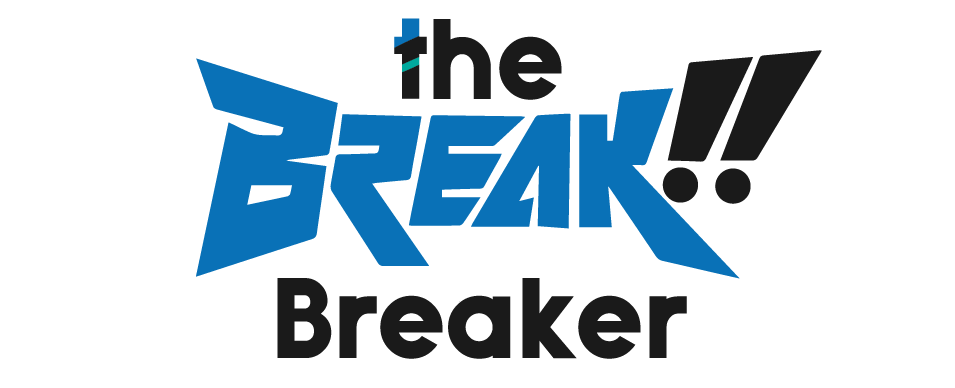
The Benefits and Drawbacks of Medication-assisted Treatment for Opioid Addiction
Medication-assisted treatment (MAT) is a type of treatment that combines the use of medication with counseling and behavioral therapies to treat opioid addiction. In this article, we will explore the benefits and drawbacks of MAT for opioid addiction.
Benefits of Medication-Assisted Treatment
Reduces cravings and withdrawal symptoms: Medications such as methadone, buprenorphine, and naltrexone can help reduce the intensity of cravings and withdrawal symptoms associated with opioid addiction. This can make it easier for individuals to stay in treatment and maintain their sobriety.
Visit: sevenarrowsrecoveryarizona
Improves retention in treatment: MAT has been shown to improve retention in treatment, meaning that individuals are more likely to stay in treatment for longer periods of time. This is important because longer periods of treatment are associated with better outcomes.
Increases the likelihood of achieving long-term recovery: MAT has been shown to increase the likelihood of achieving long-term recovery from opioid addiction. This is because MAT not only addresses the physical aspects of addiction, but also the psychological and social factors that contribute to addiction.
Reduces the risk of overdose: Medications such as naloxone can be used to rapidly reverse the effects of an opioid overdose, potentially saving the individual’s life.
Improves overall health: MAT can help improve overall health outcomes for individuals with opioid addiction, including reducing the risk of HIV and hepatitis C transmission.
Drawbacks of Medication-Assisted Treatment
Limited access: MAT is not widely available, and access to MAT can be limited in certain areas. This can make it difficult for individuals to find and access appropriate treatment.
Stigma: There is still a significant amount of stigma associated with MAT, which can discourage individuals from seeking treatment.
Risk of abuse: Medications used in MAT, such as methadone and buprenorphine, can be abused, and individuals who are prescribed these medications should be closely monitored.
Need for continued treatment: MAT is not a “cure” for opioid addiction, and individuals will need to continue taking medication and participating in counseling and behavioral therapies in order to maintain their recovery.
Interaction with other medication: Some individuals may have an interaction with other medication they are taking, thus, it is important to inform the doctor of any other medication they are taking.
Conclusion
Medication-assisted treatment (MAT) is a type of treatment that combines the use of medication with counseling and behavioral therapies to treat opioid addiction. MAT has been shown to be effective in reducing cravings, withdrawal symptoms, and the risk of overdose, as well as increasing retention in treatment and the likelihood of achieving long-term recovery. However, access to MAT can be limited, and there is still a significant amount of stigma associated with MAT. It is important to weigh the benefits and drawbacks of MAT, and to work with a medical professional to determine the best course of treatment for you or your loved one. It is important to note that MAT is not a substitute for therapy and other forms of support and it is best to have a comprehensive approach to treating opioid addiction.




